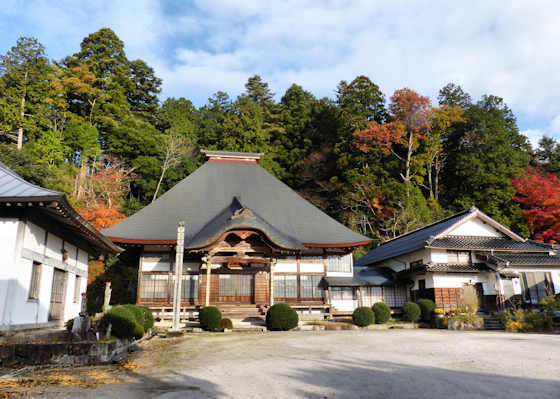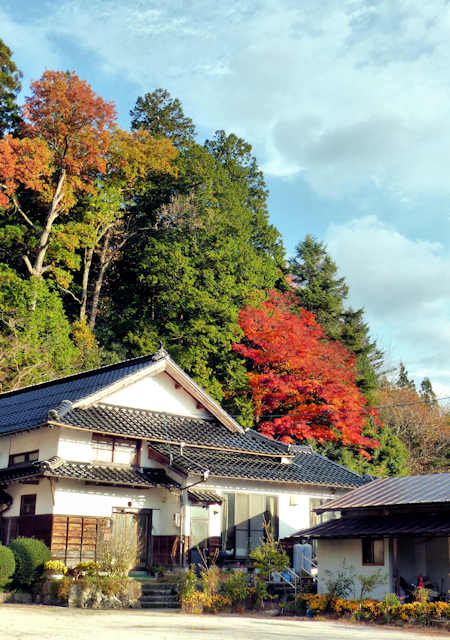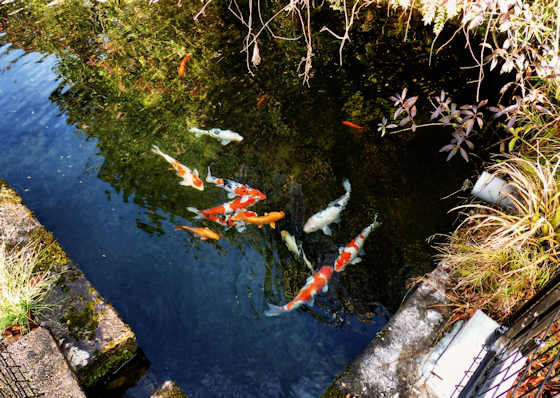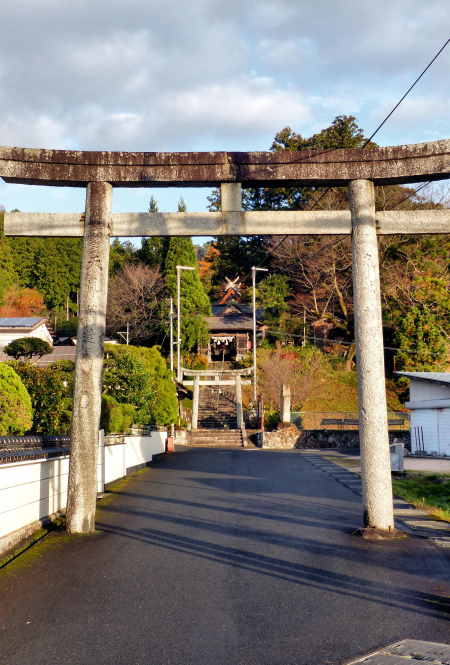Shinsoji Temple Yokota
Shinsoji Temple sits on a hillside looking over the town of Yokota on the banks of the Hi River in the Okuizumo region of Shimane.
It does not seem to be a famous temple, and I can actually find almost nothing about it, except we can guess and infer some things.
The buildings and structures have been rebuilt in relatively recent times, and they are substantial, so we can infer that it is a relatively rich temple.
It lies above Igitake Shrine, one of the many shrines in the area connected to the myths of Susano and the Orochi serpent, but between the shrine and the temple is a very large cemetery. There is a good chance that is where the wealth is derived from.
It may also be that the temple looked after and operated the shrine. In historical times there were actually very few Shinto priests, with most shrines being operated by Buddhist priests.
A few things that are known are that the temple belongs to the Soto Zen sect, and the honzon is an Amida.































































